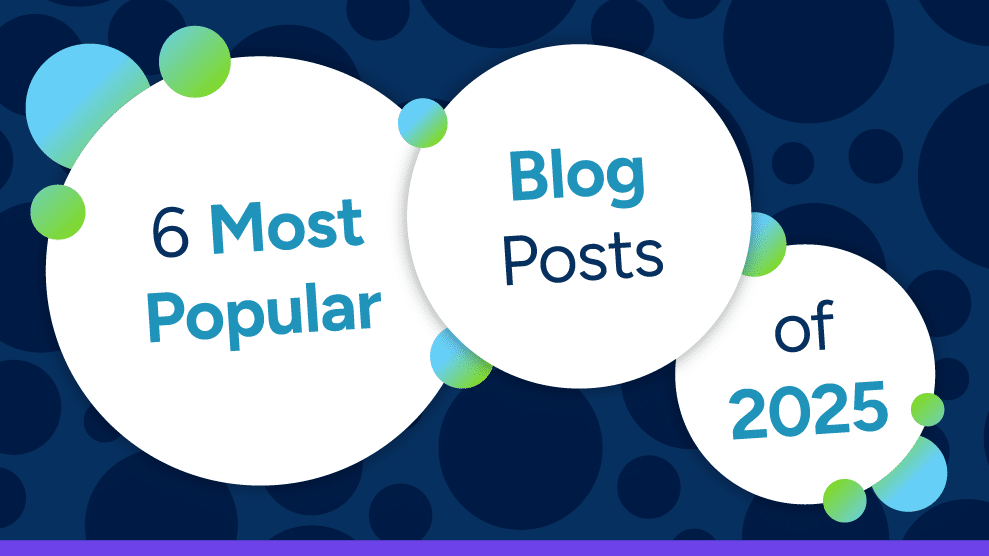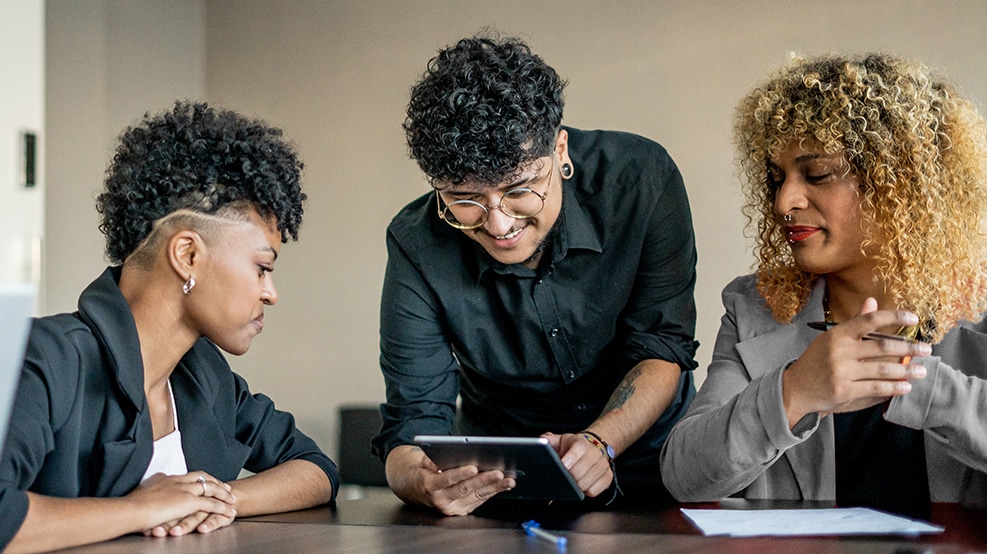
6 Most-Popular Blog Posts of 2025
Ethics and Compliance


Inclusive communication unlocks trust, innovation and collaboration. When people feel respected and heard, they’re more likely to share ideas, take risks and collaborate.

How do you make people feel seen, heard and valued in the workplace?
It’s in the words we choose, the pauses we take and the space we create for voices and different perspectives. It’s not just a skill — it’s a mindset. When we speak with care and listen with intention, we foster belonging. And when people feel like they belong, teams perform better.
Inclusive communication unlocks trust, innovation and collaboration. When people feel respected and heard, they’re more likely to share ideas, take risks and collaborate.
A Cloverpop report found that teams practicing inclusive dialogue and listening are 87% more likely to make better decisions. A 2023 McKinsey study shows that employees who feel a strong sense of inclusion are 47% more productive and 90% more likely to go out of their way to help colleagues.
We all use language instinctively. But inclusive language asks us to be more mindful of the impact our words can have.
Certain phrases — like “you guys,” “the disabled,” or “normal people” — can exclude or marginalize others, even when there’s no ill intent. It’s not about policing every word. It’s about noticing habits that might leave someone out — and choosing words that invite people in.
For example:
Communication as a two-way street — but too often, we treat it like a race to respond. It’s easy to focus on what we want to say next instead of what someone else is saying.
That’s where active, inclusive listening comes in:
A Salesforce Research study found that when employees feel heard at work, they are 4.6 times more likely to feel empowered to perform their best.
When inclusion is woven into both how we speak and how we hear, we build workplaces where everyone can thrive. Adopt these 10 habits to build more inclusive conversations:
1. Audit for bias.
Look for common expressions that may unintentionally exclude. Swap out phrases like “Hey guys” or “normal people” for more inclusive alternatives like “Hi team” or “most people.”
2. Use people-first language.
Put the individual before any descriptor. For example: “employee with a disability” instead of “disabled employee.”
3. Avoid cultural shorthand.
Skip references that assume shared cultural backgrounds and opt for clear, inclusive language that others can fully participate in. Phrases like “drinking the Kool-Aid,” or sports metaphors like “punt” or “hit it out of the park” might be familiar to some — but confusing, to others across a global or diverse team.
4. Invite quieter voices.
Make room for colleagues who don’t naturally jump in. Ask: “Jamie, we haven’t heard from you yet — what’s your take?”
5. Pause before responding.
A moment of silence before you speak shows respect and helps avoid reactive replies. It also gives others space to reflect and share.
6. Reflect before redirecting.
Instead of steering the conversation away too quickly, echo what you heard to validate the speaker: “So you felt excluded — is that right?”
7. Ask open-ended questions.
Use questions that begin with “what” or “how” to invite more thoughtful responses. For example: “How do you think this will be received by our frontline team?”
8. Acknowledge contributions.
Recognition reinforces inclusion. Say: “Thanks for flagging that, Morgan — it helped shape our next step.”
9. Own your missteps.
If you use the wrong term or misspeak, just acknowledge it: “I’m sorry, I misspoke.” It shows humility and helps normalize respectful corrections.
10. Stay open to feedback.
Inclusive communication evolves. If something you said lands the wrong way, respond with openness, not defensiveness. A phrase like, “Thanks for letting me know — I’ll be more mindful going forward,” shows that inclusion is a shared, ongoing commitment.
Fostering inclusive communication isn’t just good practice — it’s a business advantage. Traliant’s Inclusive Language training helps employees speak — and listen — with care.
This interactive 15-minute course gives your team practical tools to:
Built around real-world scenarios, the course helps teams strengthen connections and respect — one conversation at a time.
